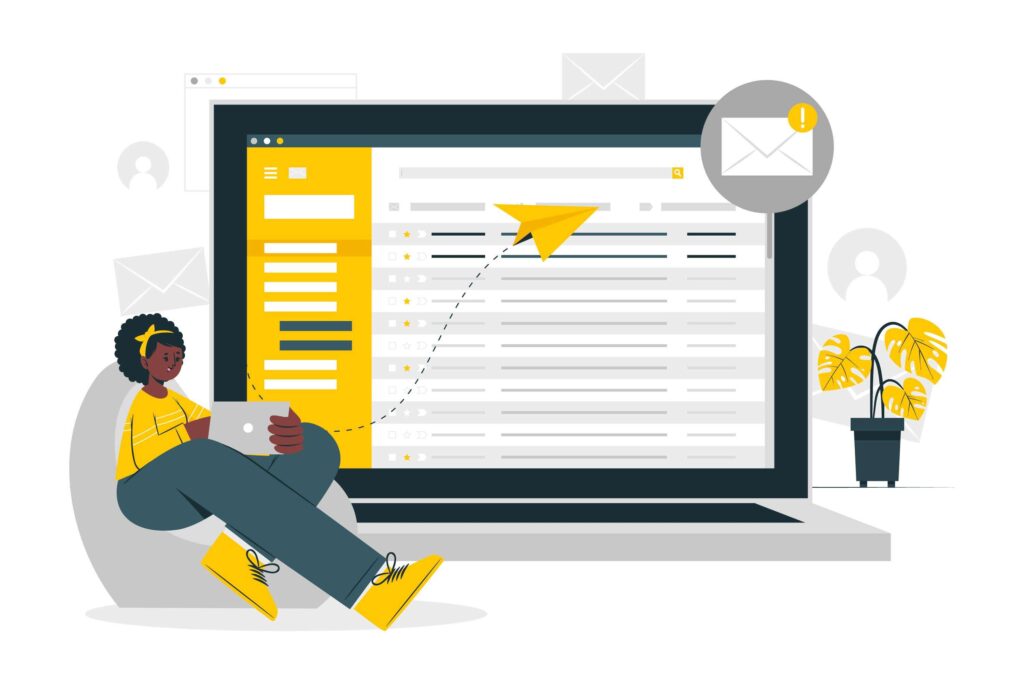
In today’s digital age, email marketing continues to be a powerful tool for businesses to connect with their audience and drive conversions. However, with the increasing volume of emails received by consumers, the key to standing out and achieving success lies in personalization.
1. Introduction: The Power of Personalization in Email Marketing
Email marketing remains one of the most effective channels for reaching and engaging customers. Personalization takes this effectiveness to the next level by delivering tailored content and offers based on individual preferences, behaviors, and demographics.
2. Benefits of Personalized Email Campaigns
- Higher open and click-through rates
- Increased engagement and customer loyalty
- Improved conversion rates and ROI
- Enhanced customer experience and satisfaction
3. Understanding Audience Segmentation
Segmentation is crucial for effective personalization. By dividing your email list into segments based on factors like demographics, purchase history, engagement level, and interests, you can deliver highly relevant content to each segment, increasing the chances of conversion.
4. Creating Personalized Content and Subject Lines
Personalized content goes beyond just addressing the recipient by name. It involves tailoring the entire email content, including product recommendations, promotions, and relevant information based on the recipient’s preferences and past interactions with your brand. Compelling subject lines that reflect personalization can significantly improve open rates.
5. Leveraging Data and Analytics
Data and analytics play a vital role in personalization. Utilize customer data, such as browsing history, purchase behavior, and interaction with previous emails, to deliver personalized recommendations and offers. Analyze email performance metrics to refine your personalization strategies continuously.
6. A/B Testing and Optimization
A/B testing allows you to compare different versions of your emails to determine which elements resonate best with your audience. Test personalized content, subject lines, CTAs, and design elements to optimize your email campaigns for maximum impact.
7. Case Studies of Successful Personalized Email Campaigns
Highlight real-life examples of brands that have achieved success through personalized email campaigns. Showcase how personalization strategies led to increased engagement, higher conversion rates, and improved customer satisfaction.
8. Tips for Implementing Personalization
- Invest in a robust email marketing platform with personalization capabilities
- Regularly update and clean your email list to ensure accuracy
- Use dynamic content blocks to customize emails based on recipient data
- Incorporate behavioral triggers to send timely and relevant emails
- Continuously monitor and analyze campaign performance to refine personalization tactics
9. Conclusion
Personalization is no longer just a trend but a necessity in email marketing. By understanding your audience, leveraging data-driven insights, and implementing personalized strategies, you can create impactful email campaigns that resonate with recipients and drive results.


